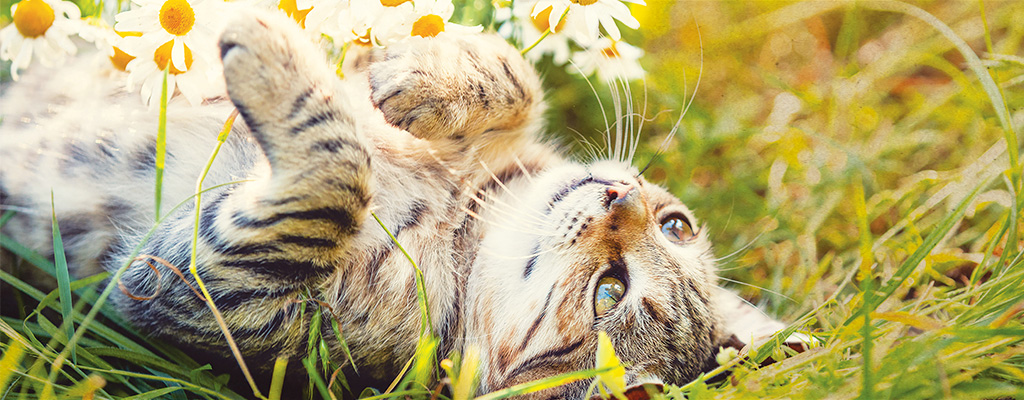
Biodegradable + Compostable + Sustainable: Meet the Natural Litter That’s All Three
If you’re looking for the best natural cat litter for your interspecies family, you probably have a checklist that includes more than just litter box odor control and low dust, low tracking cat litter. High on most eco-friendly cat litter checklists: a cat litter that’s biodegradable, compostable, and sustainable. Read on to learn how Naturally Fresh Cat Litter checks all three boxes — and why we’ve made it our mission to create a walnut shell cat litter that’s good for you, your cat kid, and our shared world.
Is cat litter biodegradable?
When it comes to biodegradable litter, not all cat litters make the list. Many cat litters on the market contain artificial ingredients that won’t win them any Environmentally Friendly Cat Litter of the Year awards. While silica and perfumes may help absorb a cat kid’s business and cover up odor, they’re not exactly ... the greenest way to go. Enter Naturally Fresh. Because each of our non-toxic cat litter formulas are made from walnut shells, they all biodegrade naturally when disposed of properly. If you want to know how to dispose of cat litter the green way, try eco-friendly cat litter bags such as BioBag or beyondGREEN compostable cat litter waste bags. Want to commit yourself to zero waste cat litter? Try a biodegradable litter box, which lets you dispose of everything at once and is especially convenient for traveling.
Is cat litter compostable?
Similar to biodegradable litter, not all cat litters are compostable given synthetic cat litter ingredients that run the gamut from chemicals to crystallized silica. Since Naturally Fresh is a natural cat litter created from crushed walnut shells, it’s just as compostable as it is biodegradable. If you’re wondering, “Is cat poop good for compost?”, it is — but with a caveat. Make sure you use your compostable litter in flower beds and other ornamental gardens rather than vegetable gardens. This is due to the Toxoplasma-gondii parasite that’s found in some cat feces. It can lead to toxoplasmosis, which can cause serious illness in those who are pregnant or have suppressed immune systems. So, while you should use other compost to grow your own veggies, you can thank your cat kid for helping you grow your own bouquets.
Is cat litter sustainable?
At Naturally Fresh, sustainability isn’t a buzzword — it’s a way of life. We’ve been growing our English walnuts on our family-owned walnut farm in northern California since 1960 in order to bring more fresh and natural products into the world. We shell our walnuts at our nearby shell-processing plant before sending them to our Naturally Fresh facility, where we transform a food byproduct from would-be waste into eco-friendly walnut shell cat litter. Both facilities run on solar power thanks to a total of 7,480 solar panels, harnessing one of sunny California’s most prevalent natural resources.
While clay litter contributes to erosion and other eco-unfriendly practices due to mining, Naturally Fresh utilizes a natural, renewable ingredient — walnut shells — that’s good for people, pets, and the planet. That makes us the best sustainable choice for eco-friendly interspecies families everywhere, no matter which one of our formulas you choose.
More Stuff You'll Love
Naturally Fresh Cat Litter Launches Improved Formula with a New Look and Introduces Fresh Shield Probiotic<sup>™</sup>
Eco-Shell, LP, manufacturer of the Naturally Fresh family of litter products, is announcing the launch of its enhanced formula: Ultra Odor Control designed with Fresh Shield Probiotic<sup>™</sup> technology.
Why Do Cats Bite?
Scene: You and your cat kid are snuggling on the couch. You’re gently petting them, and they’re calm and purring. Suddenly they turn around and bite you. Why do some cats bite when you pet them? And if a cat bites you, what does it mean? Read on to learn more about this feline phenomenon.
Why Do Cats Hiss?
Purring. Playing. Hissing. If you live with cats, you’ve most likely experienced all three behaviors — sometimes at the same time. But what does it mean when a cat hisses? Read on to learn more about why cats hiss — and what you can do about it.


